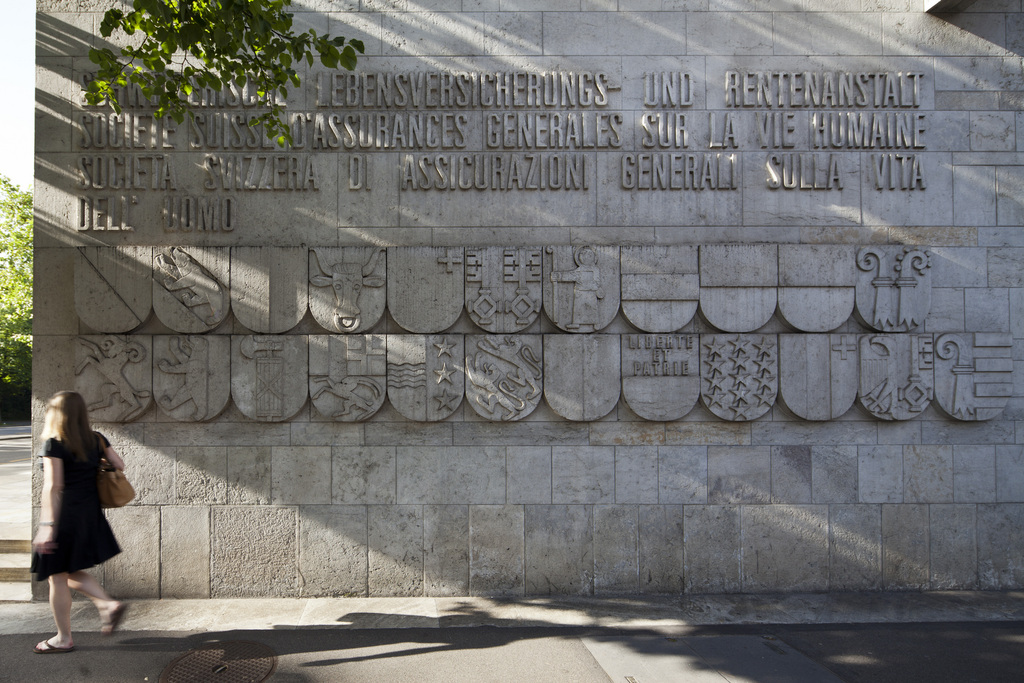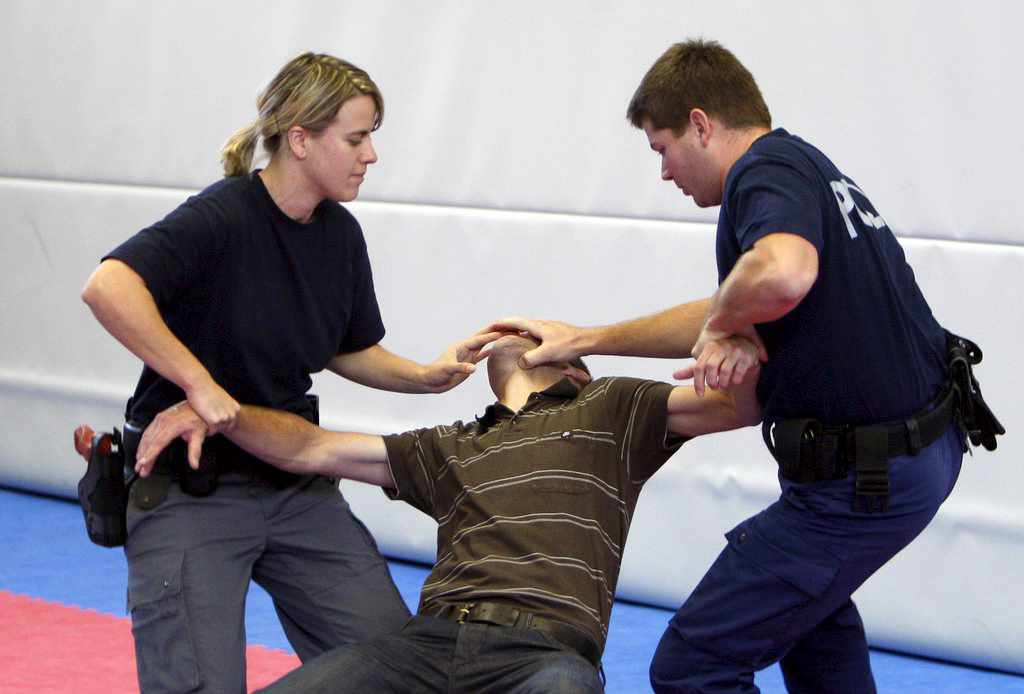Reconciling majority and minority interests – or not

All Swiss voters are equal but some voters are more equal than others – depending on where they live. An 1848 constitutional safeguard to protect minorities means that the will of the majority is sometimes overruled.
In the most recent example on March 3, a law to help parents wishing to combine work and family – for example by supporting the provision of child-care facilities – was accepted by over 54 per cent of those who turned out to vote.
It had already got the blessing of the cabinet, and sailed through both houses of parliament.
But since it would have required a change to the constitution, it had to be put to a nationwide vote. And in that vote, it failed to win a ‘cantonal majority’. A constitutional amendment only gets through if more than half of Switzerland’s cantons accept it.
It doesn’t require a deep grasp of mathematics to see that the choices of voters in some places weigh considerably more than those in others. The rural half canton of Appenzell Inner Rhodes – which has a half vote as far as the ‘cantonal majority’ is concerned – has a population of less than 16,000; canton Zurich has 1.4 million. Depending on how it is calculated, this means that one vote in the former carries the same weight as between 35 and 44 in the latter.
The failure of the family reform to get through provoked a flurry of comment in the Swiss media, as well as reflections about the fairness of the system, and whether it is not time to change it, given the shift in demographics. In 1850, the difference between Appenzell Inner Rhodes and Zurich was only eight to one.
Laws passed by parliament can be challenged if opponents gather 50,000 signatures within 100 days of the law being published. This is known as a referendum.
If the new law entails a change to the constitution, it has to be put to the voters: this is a mandatory referendum.
When interest groups propose new legislation and manage to gather 100,000 signatures in support, this goes to a nationwide vote known as a people’s initiative.
Both the mandatory referendum and the people’s initiative have to be accepted not only by a majority of the people, but also by a majority of the cantons: the “double majority”.
Of the 585 popular votes taken since 1848, in only nine cases have the people voted in favour and the cantons against.
The first case was a referendum on weights and measures in 1866, and it was then 89 years until the next, on consumer protection. In both cases, the popular majority was also very thin.
The other seven have all occurred since 1970.
Historical basis
What may sound unreasonable now, seemed perfectly reasonable when the Swiss federal state was established in 1848, as political scientist Wolf Linder explained to swissinfo.ch.
“Switzerland was created by the voluntary federation of the cantons. And that was the price to be paid: those who wanted a federal state had to offer the small cantons a compromise to persuade them to join.”
“It was part of the package. You had the Catholic and the Protestant cantons, and the French-speaking cantons and the German-speaking ones, and the idea of federalism was to protect the minorities – the Catholics and the French speakers.”
For Ruedi Lustenberger from canton Lucerne, who sits in the House of Representatives for the centre-right Christian Democrats, and this year is its first deputy speaker, the deal is “set in stone”. To do away with it would be tantamount to a “betrayal” of the idea of the dual chamber system, which persuaded the conservative Catholic cantons to join the new state.
Lustenberger is adamant that the system should not be tampered with, despite his passionate support for the family constitutional article which it thwarted.
For him it is irrelevant that the demography has changed in the past century and a half.
“The borders haven’t changed. The cantons were taken over with the structures they already had. A canton is not just its people. It is also an area and a culture. And that’s that!”

More
Managing the police in the 21st century
National cohesion
Couldn’t the fact that the minority can thwart the will of the majority in fact loosen the bonds that keep the nation together?
Linder says that the divisions in society are growing wider in any case. There is a growing economic gap, with on the one hand traditional jobs, like farming and small businesses in the countryside working for the domestic market, and the service industries, like banking and insurance, which are globally orientated.
“That creates new mentalities and new interests.”
“In nationwide votes over the last 20 years we’ve seen the city-countryside conflict lines dividing the country more and more. And that is a danger for national cohesion. It’s becoming more difficult to find approaches that will bring genuine progress and ensure a good social life,” he said.
Lustenberger is less pessimistic.
“We have to take the different mentalities seriously. We mustn’t put the inner cohesion of the federation at risk, but in Switzerland everyone belongs to a minority, and no one is in a majority.”
Although Aargau is the fourth largest canton, it has always been on the “winning side” when the cantonal majority has trumped the popular vote.
Mathias Küng of the Aargauer Zeitung newspaper pointed out to swissinfo.ch that nationwide votes often – but not always – throw up divisions.
“When divisions open up, we need to talk to each other and exchange opinions to find out why ‘the others’ have a different take on an important issue,” he said.
“Then we have to work out what we have in common, so that we can build on that and move forward together.”
In the nine cases where the popular vote has been trumped by the cantonal vote, there have been some regular “winners” and “losers” – i.e. have belonged to the “cantonal majority” or have been outvoted by it.
The cantons of Schwyz and Aargau, and the two half cantons, Appenzell Inner Rhodes and Outer Rhodes have always been among the winners; Lucerne, Uri, Schaffhausen and the two half-cantons of Obwalden and Nidwalden have been on the winning side in eight cases out of nine.
Canton Zurich is the only one to have been among the “losers” each time – although the French-speaking canton of Jura has always been on the losing side since it was established in 1979.
The Italian-speaking canton of Ticino, the French-speaking canton of Neuchâtel and the two half cantons of Basel City and Basel Country have been on the losing side in eight cases.
New ideas
Where so much power is devolved to the cantons, the losers can adopt measures at cantonal level if they want to.
“That’s the great advantage of the federal system,” Linder pointed out. “Everyone can live according to their own preferences, the rural cantons with less family protection, the urban ones with more.”
But while this is true of social issues, it does not apply, for example, to matters of foreign policy.
Many proposals have been put forward as to how to make the system fairer for the larger cantons while preserving protection for the smaller ones. These involve either redistributing the weight of votes according to the size of the cantons, or changing the proportion of cantons needed to achieve a majority, for example from one half to two thirds.
In the immediate aftermath of the March 3 vote, many letters to newspapers accused those calling for change of simply being “bad losers”. Here Lustenberger disagrees.
“If anyone, it is the large cantons that challenge the cantonal majority. That is legitimate. But I think it would be wrong to correct it in any way.”
However, in an article published in the Bund and Tages-Anzeiger newspapers political scientist Mark Balsiger of the Border Crossing communications agency wrote that the cantonal majority is not “sacred”.
“A characteristic of a living democracy is that it is always being debated anew. This quality has led our country to success.”
Everyone is aware of the paradox of trying to alter the system. Linder summed it up.
“The cities are naturally in favour, but the small cantons are against. It you want to change it, you need to change the constitution, and the small cantons will say no.”
“There’s no solution.”
The population distribution in Switzerland has changed considerably since 1850.
The total population at that time was 2,392,740.
In that year, the half-canton of Appenzell Inner Rhodes – the smallest in Switzerland – had a population of 11,270, and accounted for 0.5% of the population. In 2010 the population was 15,720, or 0.2% of the population.
In 1850 the population of canton Zurich was 250,700, or 10.5% of the total. In 2010 it was 1,373,100, or 17.5% of the total.
At the end of 2008, half the Swiss population was living in the five cantons Zurich, Bern, Vaud, Aargau and St Gallen.
Nearly three quarters of the population live in urban areas.
More people live in the six biggest cities than in the twelve smallest cantons.
(Source: Federal Office of Statistics)

In compliance with the JTI standards
More: SWI swissinfo.ch certified by the Journalism Trust Initiative



You can find an overview of ongoing debates with our journalists here. Please join us!
If you want to start a conversation about a topic raised in this article or want to report factual errors, email us at english@swissinfo.ch.